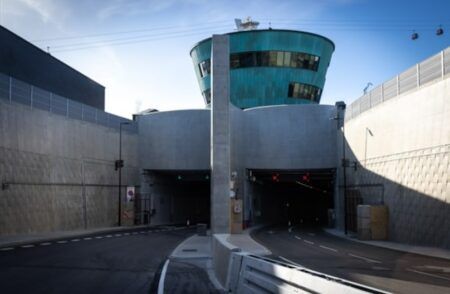A new report released by the Oregon Department of Transportation (ODOT) shows that freeway congestion, delays and reliability have got worse in the Portland area in recent years, as the region and economy grew.
However, the Portland Region 2016 Traffic Performance Report also shows that ODOT’s new targeted highway initiatives, such as auxiliary lanes and advanced technologies, can significantly improve highway performance. The cost of delay in these corridors is significant. On the I-5 corridor, for example, the congestion, bottlenecks and crashes caused more than US$80m in lost productivity in 2015. The report studied data from the start of 2013 to the end of 2015 and found drivers, commuters and freight haulers alike must allow more and more time to ensure they reach their destinations on time.
The report looked at the performance of the region’s freeway system. Monitoring key indicators will help ODOT better manage the system and the movement of people, goods and services, and better plan for future improvements. The six highway corridors studied were Interstate 5, I-84, I-205, I-405, US 26 and SR 217.
The report found that:
Freeway corridors are operating at or over capacity during peak periods;
Drivers must allow enough time for a worst-case scenario, as the same trip can vary in duration day to day;
As congestion grows, freeway crashes and delays contribute to worsening reliability.
The report stated, ‘Data for the region’s six freeways show increasing congestion, decreasing travel speeds, greater delays and unreliable trip times. Traffic congestion in the Portland region can now occur at any hour of the day, including holidays and weekends; it is no longer only a weekday peak hour problem.’
Although the report found that crashes are increasing at a rate equal to the increase in congestion, it also revealed that recent ODOT improvements, have, in certain corridors, helped the crash trend stabilize or improve. The most significant contributions were from ODOT’s ‘RealTime’ traffic information signs, and the introduction of auxiliary lanes, which are dedicated lanes from an on-ramp to the next off-ramp, reducing crashes caused by vehicles merging and weaving between exits.
Examples of these targeted improvements included: an eastbound I-84 auxiliary lane that saw a 14% decrease in crashes and a 10% reduction in delays; and RealTime signs on SR 217, activated in 2014, helped produce a 21% reduction in crashes in their first year, despite increased traffic volumes through the region.




